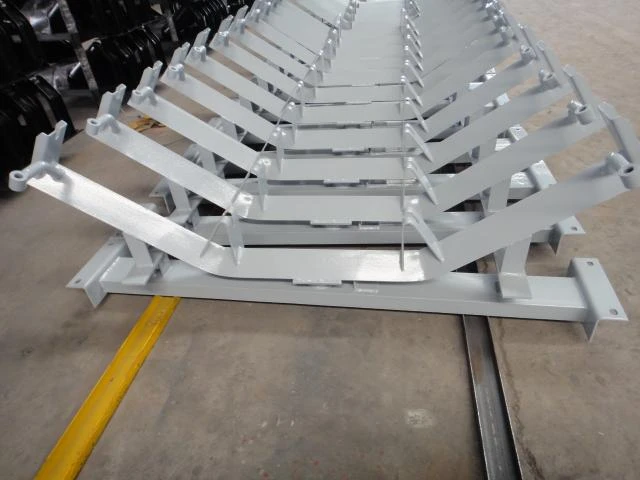 Afrikaans
Afrikaans  Albanian
Albanian  Amharic
Amharic  Arabic
Arabic  Armenian
Armenian  Azerbaijani
Azerbaijani  Basque
Basque  Belarusian
Belarusian  Bengali
Bengali  Bosnian
Bosnian  Bulgarian
Bulgarian  Catalan
Catalan  Cebuano
Cebuano  Corsican
Corsican  Croatian
Croatian  Czech
Czech  Danish
Danish  Dutch
Dutch  English
English  Esperanto
Esperanto  Estonian
Estonian  Finnish
Finnish  French
French  Frisian
Frisian  Galician
Galician  Georgian
Georgian  German
German  Greek
Greek  Gujarati
Gujarati  Haitian Creole
Haitian Creole  hausa
hausa  hawaiian
hawaiian  Hebrew
Hebrew  Hindi
Hindi  Miao
Miao  Hungarian
Hungarian  Icelandic
Icelandic  igbo
igbo  Indonesian
Indonesian  irish
irish  Italian
Italian  Japanese
Japanese  Javanese
Javanese  Kannada
Kannada  kazakh
kazakh  Khmer
Khmer  Rwandese
Rwandese  Korean
Korean  Kurdish
Kurdish  Kyrgyz
Kyrgyz  Lao
Lao  Latin
Latin  Latvian
Latvian  Lithuanian
Lithuanian  Luxembourgish
Luxembourgish  Macedonian
Macedonian  Malgashi
Malgashi  Malay
Malay  Malayalam
Malayalam  Maltese
Maltese  Maori
Maori  Marathi
Marathi  Mongolian
Mongolian  Myanmar
Myanmar  Nepali
Nepali  Norwegian
Norwegian  Norwegian
Norwegian  Occitan
Occitan  Pashto
Pashto  Persian
Persian  Polish
Polish  Portuguese
Portuguese  Punjabi
Punjabi  Romanian
Romanian  Russian
Russian  Samoan
Samoan  Scottish Gaelic
Scottish Gaelic  Serbian
Serbian  Sesotho
Sesotho  Shona
Shona  Sindhi
Sindhi  Sinhala
Sinhala  Slovak
Slovak  Slovenian
Slovenian  Somali
Somali  Spanish
Spanish  Sundanese
Sundanese  Swahili
Swahili  Swedish
Swedish  Tagalog
Tagalog  Tajik
Tajik  Tamil
Tamil  Tatar
Tatar  Telugu
Telugu  Thai
Thai  Turkish
Turkish  Turkmen
Turkmen  Ukrainian
Ukrainian  Urdu
Urdu  Uighur
Uighur  Uzbek
Uzbek  Vietnamese
Vietnamese  Welsh
Welsh  Bantu
Bantu  Yiddish
Yiddish  Yoruba
Yoruba  Zulu
Zulu ceramic lagging pulley
Understanding Ceramic Lagging Pulleys Enhancing Efficiency and Longevity in Material Handling
In the realm of material handling and conveyor systems, the functionality and longevity of various components play a critical role in ensuring smooth operations. One such vital component is the lagging pulley, particularly those that feature ceramic lagging. This article explores the significance of ceramic lagging pulleys, their advantages, applications, and how they contribute to increased efficiency and durability in various industries.
What is a Lagging Pulley?
A lagging pulley is a cylindrical device used in conveyor systems that provides a surface for the conveyor belt to grip. It is critical for the transfer of materials through the system, and its design impacts the performance of the entire conveyor setup. Lagging is a protective covering applied to the surface of the pulley that enhances friction, reduces slippage, and prolongs the life of both the pulley and the conveyor belt.
The Role of Ceramic Lagging
Ceramic lagging pulleys take this a step further by incorporating ceramic tiles into the lagging material. These tiles are made from a dense, hard material that exhibits excellent wear resistance. This innovation in pulley design offers numerous benefits over traditional rubber or other types of lagging.
Benefits of Ceramic Lagging Pulleys
1. Enhanced Durability One of the most significant advantages of ceramic lagging is its robustness. The hardness of ceramic tiles means that they can withstand substantial wear and tear, making them ideal for high-impact and heavy-load applications. This durability not only prolongs the life of the pulley but also reduces the frequency of replacements.
2. Improved Friction Ceramic lagging provides superior friction characteristics compared to traditional materials. The unique surface texture allows for better grip between the pulley and the conveyor belt, reducing slippage. This is particularly beneficial in applications involving steep conveyor angles or when handling heavy materials.
ceramic lagging pulley

3. Resistance to Wear and Tear Ceramic lagging shows remarkable resistance to abrasion, which is particularly advantageous in harsh environments such as mining, quarrying, and heavy material handling industries. The ability of ceramic surfaces to withstand the constant contact with gritty materials contributes significantly to the reduced maintenance requirements.
4. Temperature Resistance Ceramics can also tolerate higher temperatures than many alternatives. This makes ceramic lagging pulleys suitable for situations where elevated temperatures could negatively impact other types of lagging materials.
5. Eco-friendly and Cost-effective While the initial investment for ceramic lagging pulleys may be higher compared to standard lagging options, the long-term savings achieved through reduced maintenance costs and extended lifespan make them a cost-effective solution. Additionally, they reduce waste and resource utilization over time by minimizing the need for replacements.
Applications of Ceramic Lagging Pulleys
Ceramic lagging pulleys are utilized in various industries, showcasing their versatility and reliability. Common applications include
- Mining Operations In environments where heavy materials and abrasive conditions are prevalent, ceramic lagging helps protect the pulley and ensures efficient material transport. - Quarrying Similar to mining, the quarrying industry benefits from the durability and strength of ceramic lagging, enabling operations to run smoothly. - Coal Handling The coal industry relies on conveyor systems to manage large volumes of products. Ceramic lagging can enhance performance while reducing operational costs. - Manufacturing In heavy manufacturing settings, these pulleys support the efficient movement of materials within production lines.
Conclusion
In conclusion, ceramic lagging pulleys represent a significant advancement in conveyor technology, providing enhanced performance, durability, and efficiency for a wide range of applications. Their unique properties address the challenges posed by high-impact environments, making them an intelligent investment for industries focused on optimizing their material handling processes. As businesses increasingly prioritize sustainability and cost-effectiveness, ceramic lagging pulleys stand out as a viable solution that meets modern operational demands while driving long-term performance gains. Investing in this technology is not merely about keeping up with industry standards; it’s about setting new ones for efficiency and reliability in material handling systems.
-
Revolutionizing Conveyor Reliability with Advanced Rubber Lagging PulleysNewsJul.22,2025
-
Powering Precision and Durability with Expert Manufacturers of Conveyor ComponentsNewsJul.22,2025
-
Optimizing Conveyor Systems with Advanced Conveyor AccessoriesNewsJul.22,2025
-
Maximize Conveyor Efficiency with Quality Conveyor Idler PulleysNewsJul.22,2025
-
Future-Proof Your Conveyor System with High-Performance Polyurethane RollerNewsJul.22,2025
-
Driving Efficiency Forward with Quality Idlers and RollersNewsJul.22,2025





























